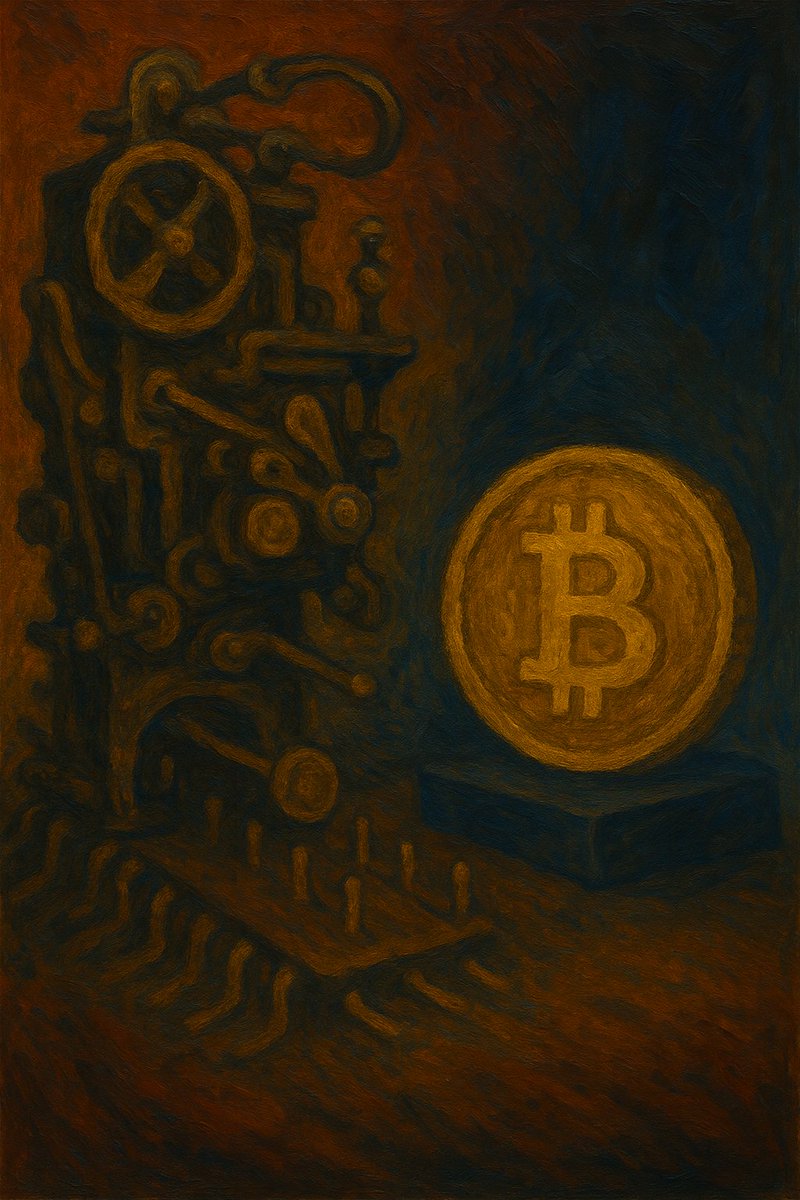
The only person legally banned from saying he created Bitcoin—by the very parasites who gutted it and now parade the corpse (BTC) as progress.
24 subscribers
How to get URL link on X (Twitter) App


 Lightning is not a “layer” in the capitalist sense; it’s an off-chain credit network. That means the discipline of the blockchain — the immutable, timestamped record that prevents fraud and guarantees settlement — is absent. You get promises to pay, not payments. And promises, when concentrated in a few well-capitalised hubs, are indistinguishable from the old banking model where access depends on favour, compliance, and scale.
Lightning is not a “layer” in the capitalist sense; it’s an off-chain credit network. That means the discipline of the blockchain — the immutable, timestamped record that prevents fraud and guarantees settlement — is absent. You get promises to pay, not payments. And promises, when concentrated in a few well-capitalised hubs, are indistinguishable from the old banking model where access depends on favour, compliance, and scale.